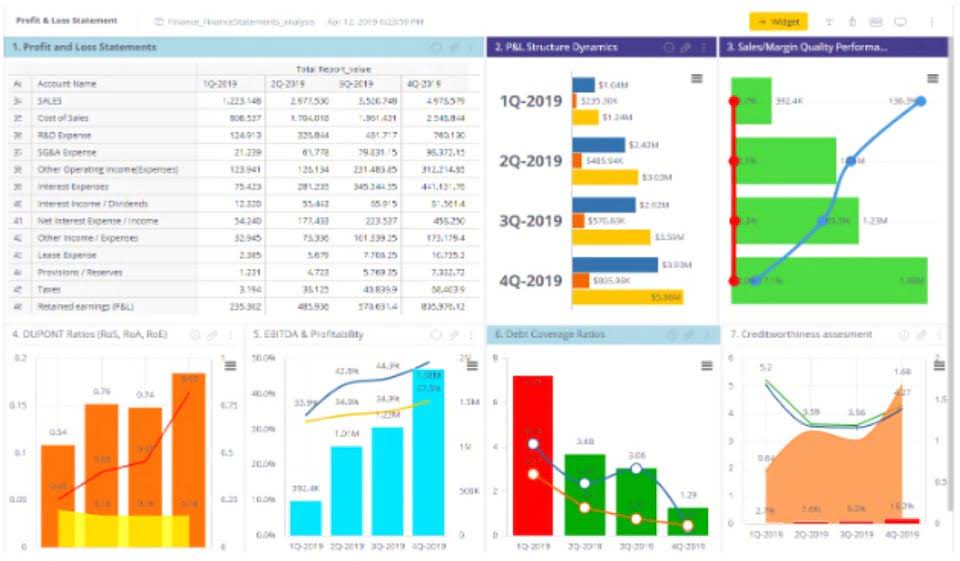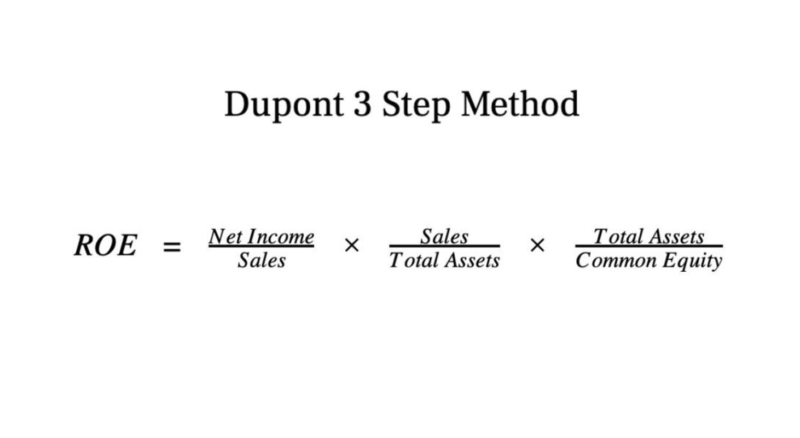
Because of this, misunderstanding FOB shipping point terms can be costly for buyers. Imagine you’re a small business owner who secures a deal to import antique furniture from an overseas supplier. You see the term “FOB shipping point” in the contract but, unsure what it means, you sign away. FOB status says who will take responsibility for a shipment from its port of origin to its destination port. It indicates the point at which the title of the goods transfers from the seller to the buyer, and therefore who needs to cover the costs of transit and deal with any issues. Whether choosing FOB Shipping Point or FOB Destination, careful planning, communication, and attention to detail are key to successful freight delivery.
FOB Destination
Evaluating these options against your business requirements allows you to choose a shipping agreement that best protects your interests. In an FOB sale transaction, the supplier is responsible for ensuring the goods are loaded aboard the vessel. Importers, on the other hand, must be prepared to handle the freight transportation cost from the point of loading to the final destination. Vendors often play a crucial role, especially in e-commerce, by acting as intermediaries between suppliers and importers.
FOB Incoterms & More
Speaking of challenges, let’s delve into the world of customary practices surrounding FOB terms in international trade. Over time, businesses have developed a set of unwritten norms and expectations that guide how these terms are applied across different regions and industries. The significant difference is that CIF places the cost of shipping and insurance on the seller, unlike a FOB agreement where these are the buyer’s responsibilities. CIF is much more expensive for the buyer because they rely on the seller to include shipping in the price of their products.

FOB Shipping Destination, Freight Collect
- In these situations, FOB gives the buyer the freedom to choose and oversee the logistics on their own possibly reducing expenses and increasing productivity.
- As a buyer or a seller whether CIF or FOB is better, depends on the cost you will incur for conducting the shipping process.
- Instead, use FCA (Free Carrier), CPT (Carriage Paid To), and CIP (Carriage and Insurance Paid To), which are the correct alternatives as they are meant for containerised freight.
- The accounting entries are often performed earlier for a FOB shipping point transaction than a FOB destination transaction.
The most common international trade terms are Incoterms, which the International Chamber of Commerce publishes, though firms that ship goods within the U.S. must adhere to the Uniform Commercial Code. Would you like to organise freight shipping and have the full support of a logistics expert? An FOB shipping point agreement is signed and the container is handed off to the freight carrier at the shipping point. Upon delivery of the goods to the destination, the title for the goods transfers from the supplier to the buyer. With FOB shipping point, ownership of goods is transferred to the buyer once they leave the supplier’s shipping point. Remember, while FOB and other Incoterms are internationally recognized, trade laws vary by country.
The trade transit for the seller involves inland transportation which is from the warehouse to the arrival port. It’s like handing over your luggage at an airport; you’re responsible shipping point for it until it’s checked through security and boarding the plane. Once it’s gone beyond your reach, any issues are handled by the airline or other transport authorities. But it’s good practice for either the buyer or seller to obtain China freight insurance.
In this variation, the price is set at the shipping point, encompassing all costs up to that point but not beyond. FOB pricing gives clarity about how much the buyer will pay before additional shipping costs. Real-time driver tracking, customer notifications, proof of delivery, and seamless integration with existing systems make Upper a comprehensive solution. So, try Upper’s 7 days free trial and experience a faster, more reliable, and cost-effective movement of goods across your logistics operations. Goods in FOB shipping point are owned by the buyer once loaded onto the freight carrier at the origin point. FOB shipping points is particularly advantageous for businesses with specific operational models.
- When using FOB Destination, the seller is responsible for the shipping costs until the goods arrive at the buyer’s location.
- Shipping costs are reduced, but fewer buyers are willing to accept shipping point terms, especially on large or fragile orders.
- They can provide you with helpful advice and insights that will make your shipment a success.
- No matter which freight agreement you’re operating under, the Bill of Lading (BOL) is a critical document.
- As this example shows, all responsibility for the goods transfers to the buyer after the carrier receives the freight.
- The seller’s responsibilities under an FOB Shipping Point agreement are limited.
- This can be likened to handing over your luggage at an airport; once you check it in, you’re not liable for any mishaps or delays during transit.
FOB destination, freight collect

Disadvantages of using FOB Shipping Point include a lack of control over the quality of the goods and increased risk of loss or damage during shipment depending on the carrier. It’s essential to weigh these pros and cons when deciding to use FOB Shipping Point in any business transaction. When comparing terms like FOB Shipping Point and FOB Destination, it’s like comparing two different roads to a destination. With FOB Shipping Point, goods are transferred to the buyer upon reaching the shipping point, often at the seller’s facility or another predetermined location.
- Technology facilitates real-time updates and data analytics, allowing both buyers and sellers to monitor shipments, predict delivery times, and respond promptly to any issues that arise during transit.
- This includes freight charges, insurance, and any additional fees incurred during transportation.
- This can make the seller’s offer less competitive and potentially impact sales volume.
- The most common international trade terms are Incoterms, which the International Chamber of Commerce publishes, though firms that ship goods within the U.S. must adhere to the Uniform Commercial Code.
- For instance, under F.O.B. shipping point, sellers can recognize revenue once the goods are shipped, potentially benefiting cash flow.
What is the difference between FOB shipping and FOB destination?
It’s crucial to carefully review the sales contract and understand CARES Act the terms and conditions of the FOB shipping agreement before deciding. By doing so, businesses can ensure they select the most suitable shipping terms to manage their costs and risks effectively. Understanding FOB shipping point is crucial for businesses engaging in international trade.
However, it may not be suitable for industries dealing with perishable goods or items requiring special handling, where the risk of damage during transit is higher. Free on Board is the term used in shipping to specify which party is responsible for the shipped goods and where QuickBooks Accountant the responsibilities begin and end. For sellers, FOB Destination allows them to improve their customer service by taking responsibility for the goods until delivery, improving customer satisfaction and loyalty.

So, if you’re buying or selling globally, review the laws of the country you’re shipping from. DDP means “delivered duty paid.” Under this Incoterm rule, the seller agrees to deliver goods to the buyer, paying for all shipping, export, and import duties and taxes. DAP, or “delivered-at-place,” says a seller agrees to be responsible for transporting goods to a location stated in the sales contract.

